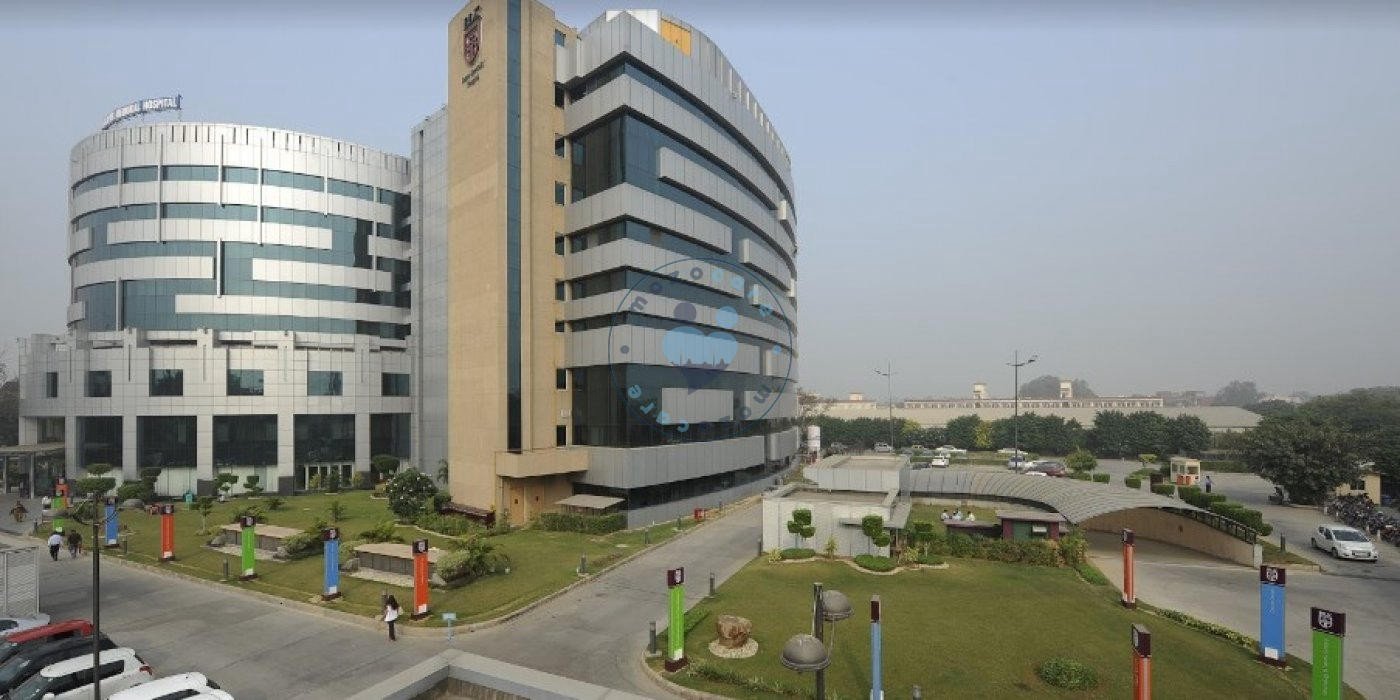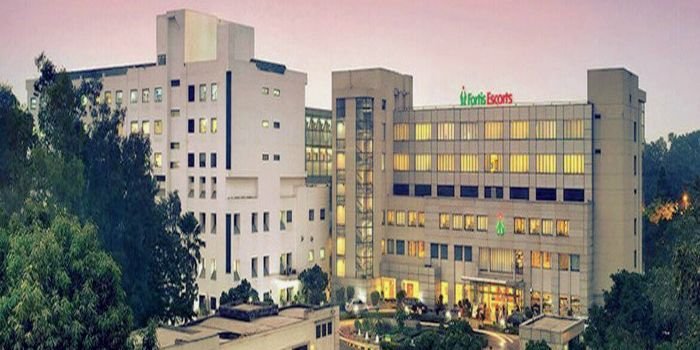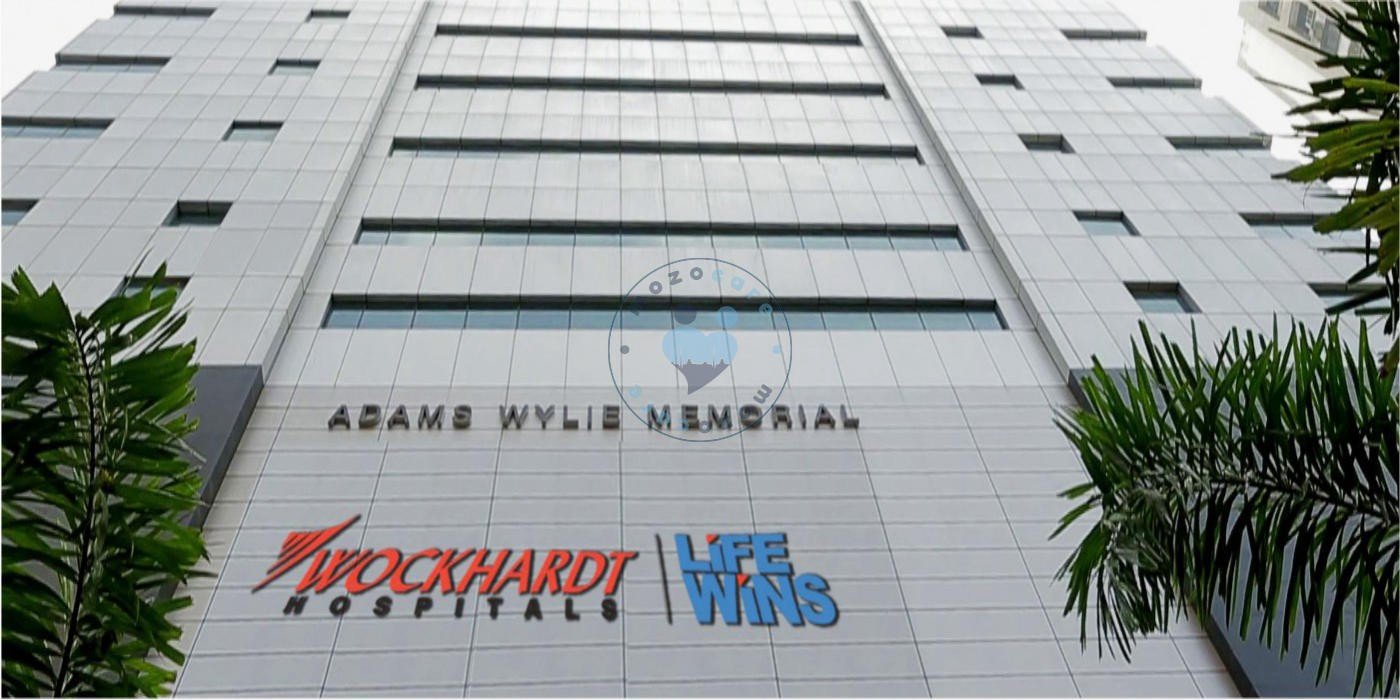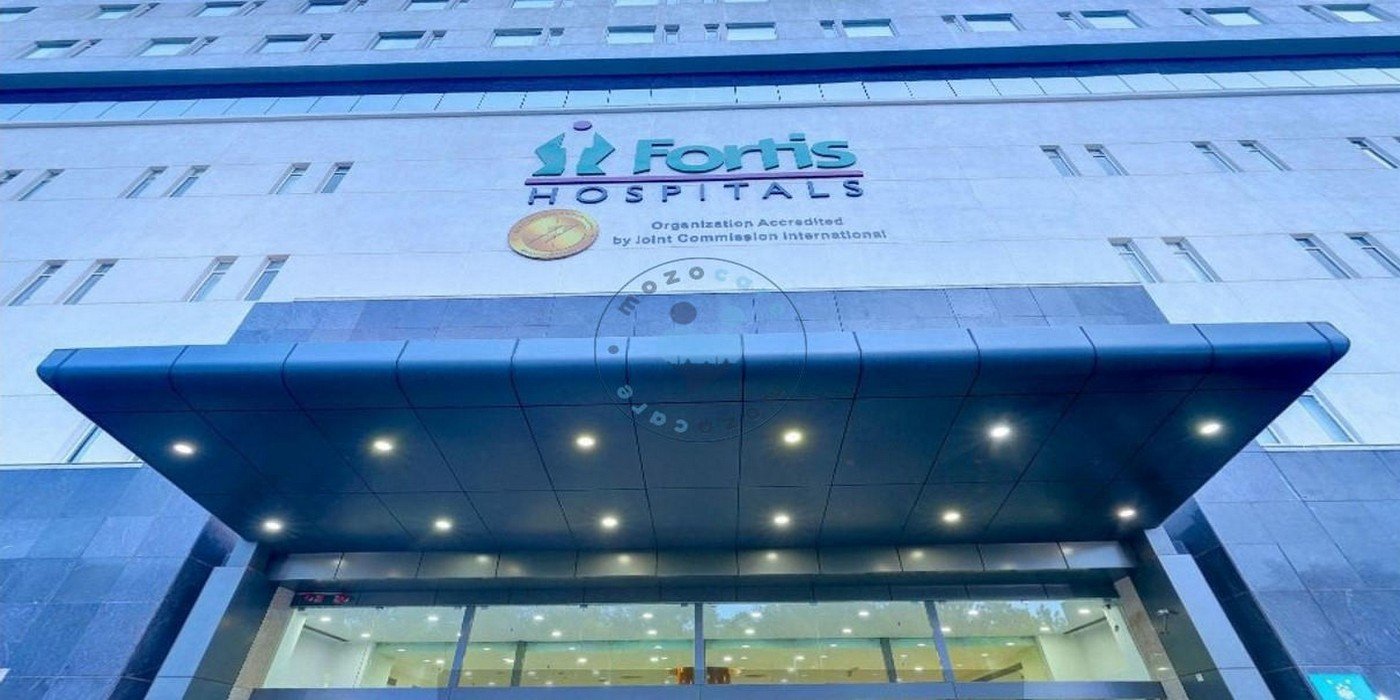

There are many factors that can affect the costs
Colectomy is a type of surgery used to treat colon diseases. These include cancer, inflammatory disease, or diverticulitis.
The surgery is done by removing a portion of the colon. The colon is part of the large intestine.
Colectomy is a surgical procedure to remove all or part of the colon (also called the large intestine). It is performed in order to treat or prevent certain diseases and conditions such as uncontrollable bleeding in the colon, a bowel obstruction, colon cancer, ulcerative colitis, Crohn's disease, and diverticulitis. There are different types of colectomies, which vary according to each patient. A total colectomy is the removal of the whole colon. A partial colectomy removes part of the colon. A hemicolectomy removes either the right or left section of the colon and a proctocolectomy removes both the colon and the rectum.
Recommended for Colon cancer Bowel obstruction Advanced symptoms of Crohn's disease Time requirements Number of days in hospital 2 - 5 days Average length of stay abroad 3 weeks. Number of trips abroad needed 1. A colectomy is performed to remove fully or partially remove the colon.
In preparation for the procedure, patients will need to complete a "colon prep" which ensures that the bowels are empty ahead of the procedure. Although methods of clearing the bowels vary, most patients will be asked to adopt an all-liquid diet for around a day or two before the procedure, and will be usually prescribed a laxative solution to help clear the bowels. The solution is mixed with water and taken over the course of a few hours, depending on how much has been prescribed. During this time, it is recommended to stay in and relax as frequent toilet usage will be necessary.
Patients will also need to abstain from smoking and taking aspirin, and in some cases the patient may be prescribed antibiotics in order to fight against bacteria. Patients with complex conditions may benefit from seeking a second opinion before beginning a treatment plan. A second opinion means that another doctor, usually an expert with a lot of experience, will review the patient's medical history, symptoms, scans, test results, and other important information, in order to provide a diagnost plan. When asked, 45% of US residents who received a second opinion said that they had a different diagnosis, prognosis, or treatment plan. Click here to learn more about how to get a second opinion.,
There are a number of methods of performing a colectomy and this will be discussed with the doctor beforehand. The colon may be removed in its entirety, partially removed or removed to repair it and then reinserted. An open colectomy involves making a long incision in the abdomen to access the colon. The surgeon uses tools to free the colon from the surrounding tissue, and will then cut a portion of the colon, or the entire colon out. In a laparoscopic colectomy, or a minimally invasive colectomy, the surgeon makes several small incisions in the abdomen.
Using a small camera threaded through one incision and using surgical tools through the other incisions, the colon is lifted out. This allows the surgeon to operate on the colon outside of the body without making large incisions. Once repairs are made to the colon, the surgeon reinserts the colon through the incision. After the colon has been removed or repaired, the surgeon will then reconnect the colon to the digestive system in order to restore the function of getting rid of waste. How this reconnection is made, varies upon the type of removal or repair which has been carried out. If there has been a partial removal of the colon, then the remaining sections will be stitched back together and the disposal of waste will resume as normal.
Another method of reconnection, is to join the intestine to the abdomen via an opening. This involves the attachment of the colon to the small intestine which enables the body to dispel waste via the opening. After this reconnection, it may be necessary to be fitted with a colostomy bag on the outside of the opening, which can be a temporary or permanent solution, depending on the patient. In the cases whereby a proctocolectomy has been performed, then the doctor will make a connection between the anus and small intestine, by using a small section of the small intestine to form the connection. This allows for normal evacuation of the waste. Anesthesia General anesthetic. Procedure duration The Colectomy takes 1 to 4 hours. A colectomy can be performed as open surgery or lapriscopically.,
Post procedure care Patients will initially be fed a liquid diet intravenously before moving onto clear liquids under hospital supervision. A return to a normal diet will take some time and should be attempted under the advice of a doctor. Possible discomfort Weakness and lethargy are to be expected for at least a couple of weeks after the surgery.,
| BLK-MAX Super Specialty Hospital | |
| Fortis Escorts Heart Institute | |
| Fortis Hospital Mulund | |
| Wockhardt Hospital South Mumbai | |
| Fortis Hospital Bangalore | |
| Fortis Hospital Bangalore | |
| Fortis Hospital Bangalore | |
| Herzinstitut Berlin | |
| RAK Hospital | |
| HELIOS DKD Hospital Wiesbaden |

New Delhi, India

New Delhi, India

Mumbai, India

Mumbai, India

Bangalore, India